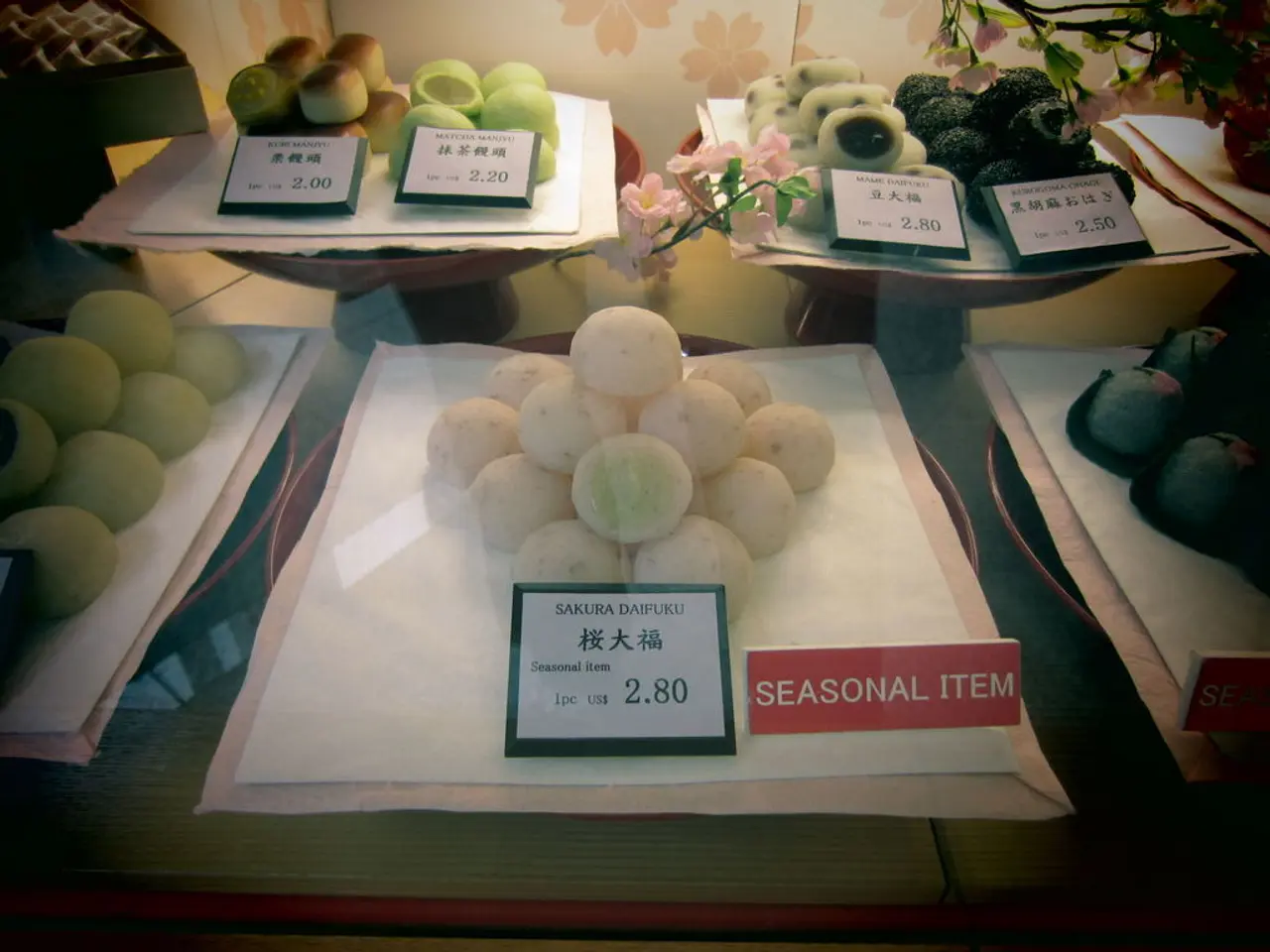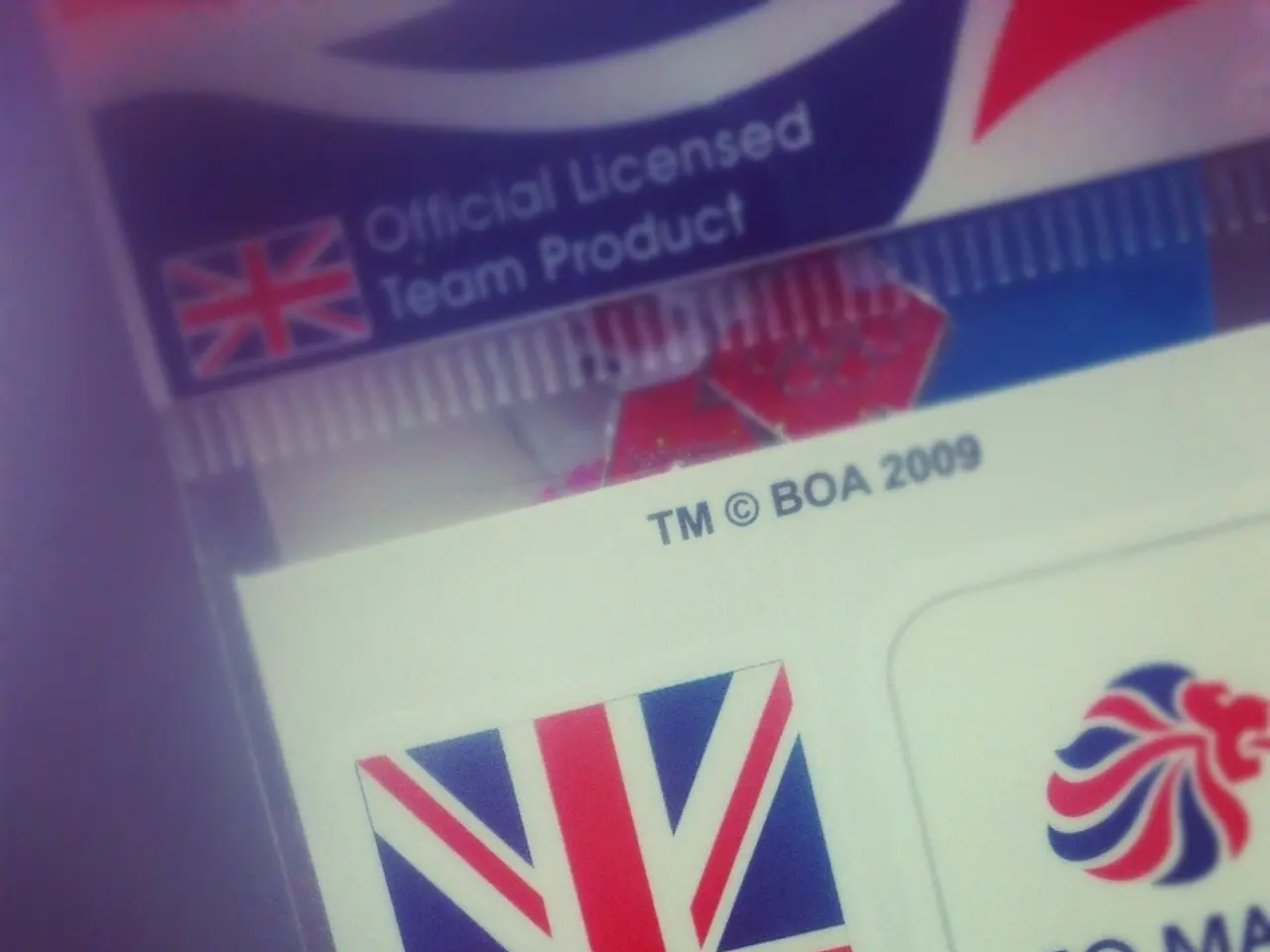Glacial Acetic Acid Market Projected to Hit USD 15.3 Billion by 2034
In the coming years, the Glacial Acetic Acid Market is expected to witness significant growth, propelled by various key factors. One of the primary drivers is the increasing demand for food-grade acetic acid, as it finds extensive use in the food industry.
Another significant factor is the shift towards sustainable and clean-label production methods. Aerobic fermentation, for instance, has emerged as a preferred choice due to its efficiency and sustainability, capturing over 62.8% market share in food-grade acetic acid production. Synthetic acetic acid remains the dominant source, holding more than 67.2% of the market share.
Products with up to 99% purity lead the market, accounting for over 74.6% share. Commercial food applications dominate, holding approximately 56.3% of the market share.
North America stands out as the dominant regional market, accounting for 44.9% of the total share, with a strong commercial presence valued at nearly USD 0.9 billion as of 2024. The Asia-Pacific region also holds a substantial share, with a 42.6% share in 2024, valued at USD 4.0 billion.
The global food-grade acetic acid market alone is projected to grow from USD 2.2 billion in 2024 to approximately USD 4.3 billion by 2034, at a CAGR of 7.0%. Factors such as climate-driven urbanization and regional climate considerations in Asia-Pacific encourage innovation and demand for chemical products including glacial acetic acid in specialized formulations.
Distributors play a crucial role in this market, connecting manufacturers with diverse industries, ensuring efficient supply chains, timely deliveries, and regional availability. They also offer tailored quantities and storage solutions, appealing to small- and medium-scale buyers. In regions like Asia-Pacific, distributors bridge supply gaps, enhancing product accessibility.
Leading players in the market are taking strides towards sustainable production. Showa Denko K.K. (now Resonac Holdings) has been optimizing its acetic acid production with advanced catalysts for higher yield and lower emissions. Dow, Inc. has integrated its glacial acetic acid production with renewable energy sources, reducing its carbon footprint. BP Corporation has seen capacity expansions in Asia and is exploring carbon-neutral production pathways.
Mitsui Chemicals, Inc. has expanded its acetic acid capacity in Asia to meet growing demand in pharmaceuticals and solvents. Eastman Chemical Company is focusing on sustainable production methods for glacial acetic acid, including carbon capture and biomass-based feedstocks.
The Glacial Acetic Acid Market is growing due to rising demand in industries like pharmaceuticals, textiles, and food processing. These elements collectively underpin the robust growth outlook for the Glacial Acetic Acid Market through 2034.
- The growth of the Glacial Acetic Acid Market is propelled not only by increasing demand in food processing but also by its use in other industries such as pharmaceuticals and textiles, which collectively contribute to its robust growth outlook.
- In the food industry, a shift towards sustainable and clean-label production methods, including the use of aerobic fermentation, is influencing the preference for food-grade acetic acid, which is a critical component in finance and business decisions for manufacturers.




